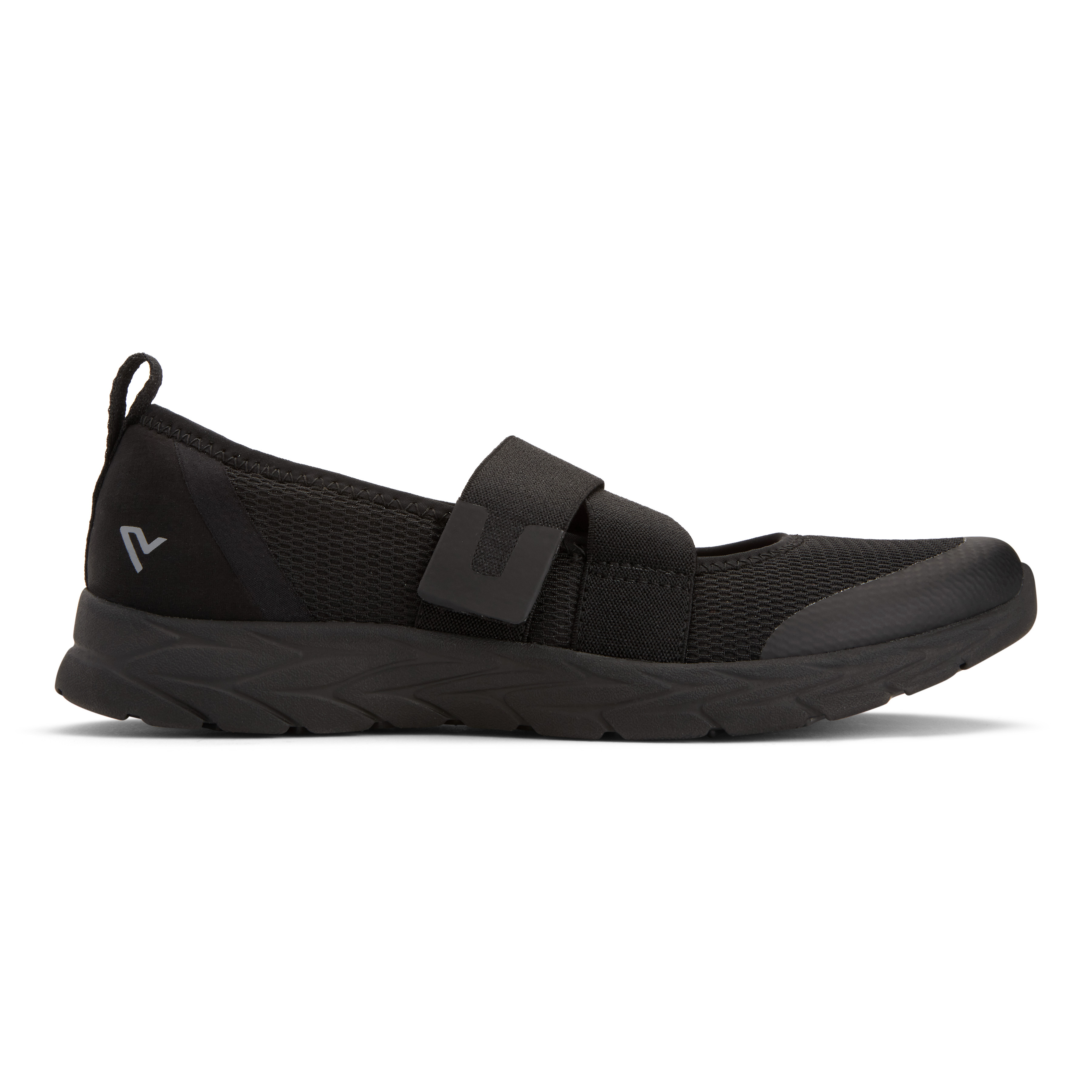

Wear a pedometer while walkingĪ pedometer measures the number of steps you take. Some people find that keeping an activity diary or log also makes it easier. You may find that asking someone to walk with you will help make it a regular activity. Remember, you use the same amount of energy no matter what time of day you walk, so do what is most convenient for you.

Try to make walking a routine – for example, try to walk at the same time each day.

increased cardiovascular and pulmonary (heart and lung) fitness.

This is known as weight-bearing exercise. You carry your own body weight when you walk. There are various clubs, venues and strategies you can use to make walking an enjoyable and social part of your lifestyle. Walking for fun and fitness isn’t limited to strolling by yourself around local neighbourhood streets. Walking is also a great form of physical activity for people who are overweight, elderly, or who haven’t exercised in a long time. You can get out and walk without worrying about the risks associated with some more vigorous forms of exercise. Walking is low impact, requires minimal equipment, can be done at any time of day and can be performed at your own pace. Physical activity does not have to be vigorous or done for long periods in order to improve your health.
#Brisk pace meaning in english free#
Unlike some other forms of exercise, walking is free and doesn’t require any special equipment or training. It can also reduce your risk of developing conditions such as heart disease, type 2 diabetes, osteoporosis and some cancers. Just 30 minutes every day can increase cardiovascular fitness, strengthen bones, reduce excess body fat, and boost muscle power and endurance. The Welsh pace ( Welsh: cam) was reckoned as 3 Welsh feet of 9 inches and thus may be seen as similar to the English yard: 3 paces made up a leap and 9000 a Welsh mile.Walking is a great way to improve or maintain your overall health. The double pace ( βῆμα διπλοῦν, bḗma diploûn), meanwhile, was similar to the Roman unit, comprising 5 Greek feet. The Byzantine pace ( Greek: βῆμα, bḗma) was an adaption of the Roman step, a distance of 2½ Greek feet. One thousand paces were described simply as mille passus or passuum, now known as a Roman mile this is the origin of the English term "mile". Under Marcus Vipsanius Agrippa, it was standardized as the distance of two steps ( gradūs) or five Roman feet ( pedes), about 1.48 meters or 4 feet 10 inches.
#Brisk pace meaning in english full#
The Ancient Roman pace ( Latin: passus) was notionally the distance of a full stride from the position of one heel where it raised off of the ground to where it set down again at the end of the step: two steps, one by each foot. In the United States the pace is an uncommon customary unit of length denoting a brisk single step and equal to 2 + 1⁄ 2 feet or 30.0 inches or 76.2 centimetres. Like other traditional measurements, the pace started as an informal unit of length, but was later standardized, often with the specific length set according to a typical brisk or military marching stride.


 0 kommentar(er)
0 kommentar(er)
